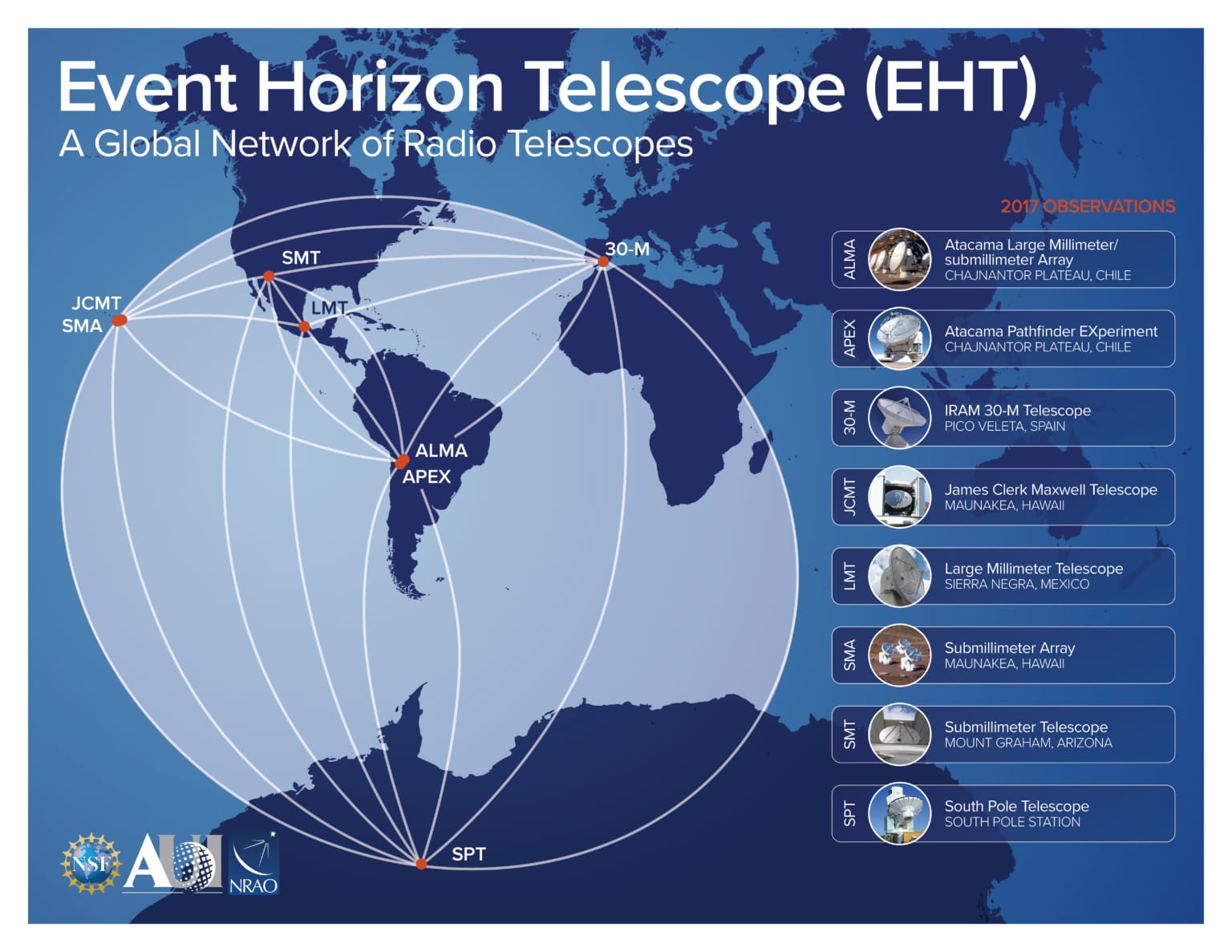The observation of the universe’s infancy continues to unveil extraordinary phenomena. In a recent groundbreaking discovery, scientists have identified a massive radio jet emitted by a quasar dating back to the universe’s first billion years. This discovery not only highlights the capabilities of modern telescopes but also provides unprecedented insight into the evolution of galaxies in the early universe.
Quasars are luminous celestial bodies powered by supermassive black holes at their centers. These objects emit enormous amounts of energy, often appearing as some of the brightest objects in the universe. In addition to their remarkable brightness, quasars are known for their capacity to launch material across the cosmos in the form of radio jets. These jets are streams of highly charged particles moving at speeds close to the speed of light and can extend for vast distances.
The recently observed radio jet, however, stands apart due to its extraordinary scale and the fact that it dates back so early in the universe’s history. Measuring twice the width of the Milky Way galaxy, it is the largest such jet ever identified from this time period. Its immense size and energy output offer vital clues about the environment and dynamics of the early cosmos.
This cosmic jet was detected utilizing the cutting-edge Low Frequency Array (LOFAR) Telescope. This network of radio antennas is spread across Europe and specializes in observing the lower frequency spectrum of the universe. By detecting the faint signals from the early universe, LOFAR provided astronomers with the capacity to uncover details that would be invisible through traditional optical telescopes.
These radio jets play a significant role in shaping the galaxies from which they originate. They eject materials into the surrounding regions, potentially influencing star formation not only in the host galaxy but also in nearby galaxies. This interaction between jets and cosmic structures could provide essential answers to how galaxies and intergalactic space evolved during the universe’s formative years.
The exact mechanisms by which these jets are generated remain an area of active investigation. They are closely associated with the activity surrounding supermassive black holes. When gas and debris from a galaxy spiral toward the black hole, the intense gravitational forces and magnetic fields are thought to energize and eject particles at incredible velocities. The interplay between the jets and their environment tends to sculpt the structure and evolution of the galaxy.
Understanding this jet, and others like it, has broader implications for astrophysics. By studying such phenomena, scientists can test cosmological theories and refine their models of the universe’s formation and development. Moreover, these studies contribute to deciphering the mysteries surrounding dark matter and dark energy, which dominate the universe’s mass-energy content but remain poorly understood.
The timing of this radio jet’s occurrence is also significant. Quasars and their associated jets were more prevalent during the universe’s earlier stages, around one to two billion years after the Big Bang. Over time, the universe expanded, cooled, and evolved, leading to fewer such energetic phenomena. The processes governing this transformation are a subject of immense interest in astronomy.
The ability to trace these powerful jets so far back in time highlights the remarkable strides in technology and methodology in recent years. Advanced computational models processing vast data streams now enable astronomers to differentiate weak signals originating billions of years ago. This capability brings us one step closer to understanding the physical conditions and processes that characterized the universe in its earliest moments.
The implications of this discovery reach beyond the realm of astronomy. Such findings enrich our general perspective on the universe, fostering public interest and stimulating scientific curiosity. They remind us of the universe’s depth and complexity, offering a humbling glimpse into a past that is billions of years distant and constantly expanding our grasp of cosmic history.
As advancements in telescope design and data analytics continue to push the boundaries of exploration, further discoveries will surely follow. With each observation, our connection to the broader universe deepens, and our knowledge gaps diminish. The enormous jet observed by LOFAR is not just a marvel of the cosmos, but a signpost guiding humanity toward answering some of the most profound existential questions.


